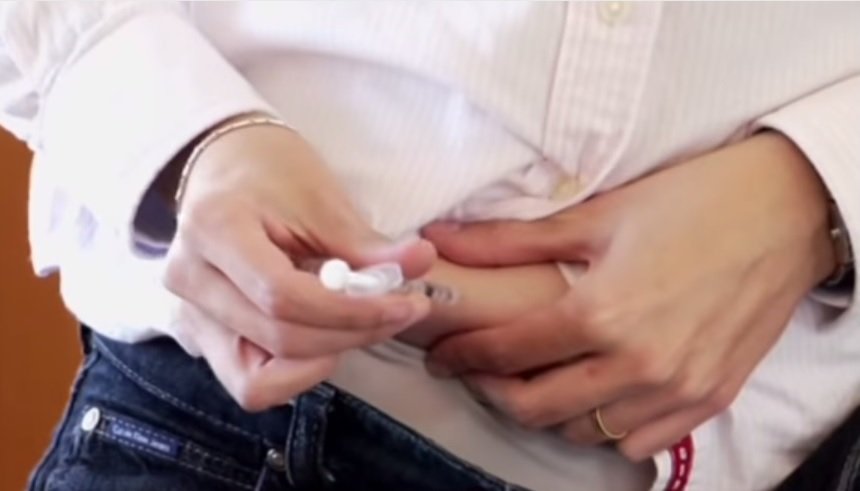Optimization of medicine to achieve a higher number of oocytes
04-06-2015

In assisted reproduction treatments, one of the main factors affecting the success of the cycle is ovarian stimulation, as having an adequate number of oocytes is essential to select the best embryo that will lead to a healthy child at home.
Gonadotrophins are needed for proper ovarian stimulation and different medicines have been developed for this purpose based on them (urinary, recombinant or ultrapure gonadotrophins). There is some controversy as to whether a particular medicine can get more or less ovarian response. It is also known that the genetic constitution appears to be a key factor.
The application of pharmacogenetics to the ovarian response and the identification of genetic factors associated with a different response to the medicines used for ovarian stimulation, could predict the response of each woman in assisted reproduction treatments and thus adjust the dose before starting cycle, and choose the medicine that will get a better response.
In this regard, Instituto Bernabeu has shown that different variants in the receptor gene follicle of the stimulating hormone (rFSH) affect ovarian response depending on the medicine used. This discovery will, together with other factors, help to personalize the treatment by choosing the medicine that will get the best possible response in the patient. This is really important in patients with low response where the optimization of the treatment should be the highest to achieve the greatest possible number of oocytes.
This research has been accepted by the Committee of ESHRE (European Society of Human Reproduction and Embryology) for the 31st International Congress of this Scientific Society to be held in Lisbon next month, from the 14th to 17th of June.
“FSHR genotype is associated with different response to wild type FSH versus recombinant FSH“. B. Lledo, P. Dapena,R. Morales, JA. Ortiz, A. Turienzo, J. Guerrero, J. Ll. Aparicio, R. Bernabeu. ESHRE Annual Meeting 2015. Lisbon, Portugal. June 2015.
